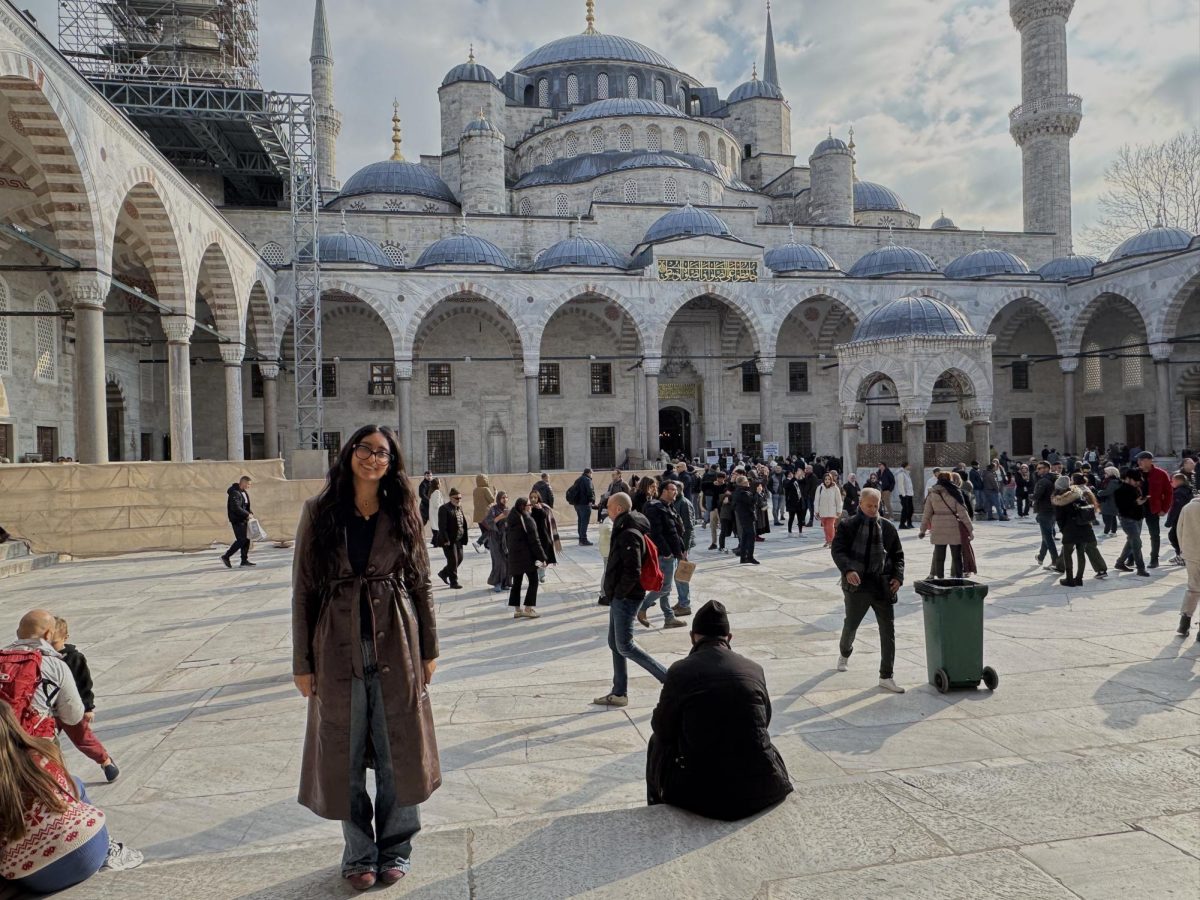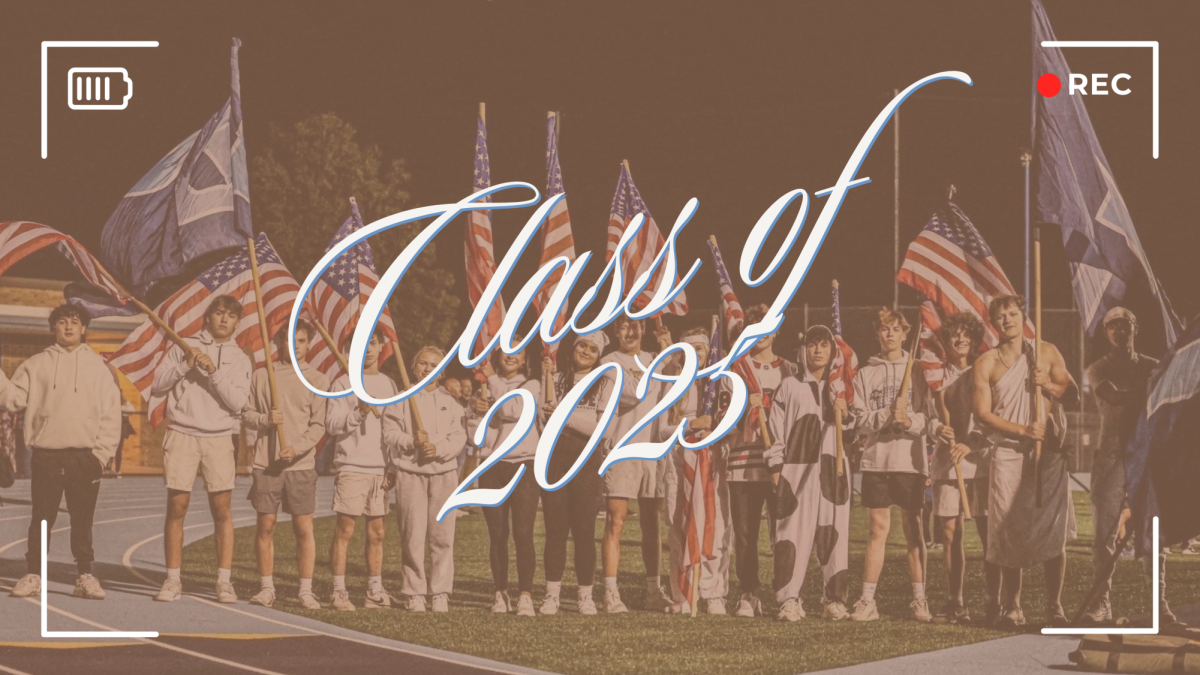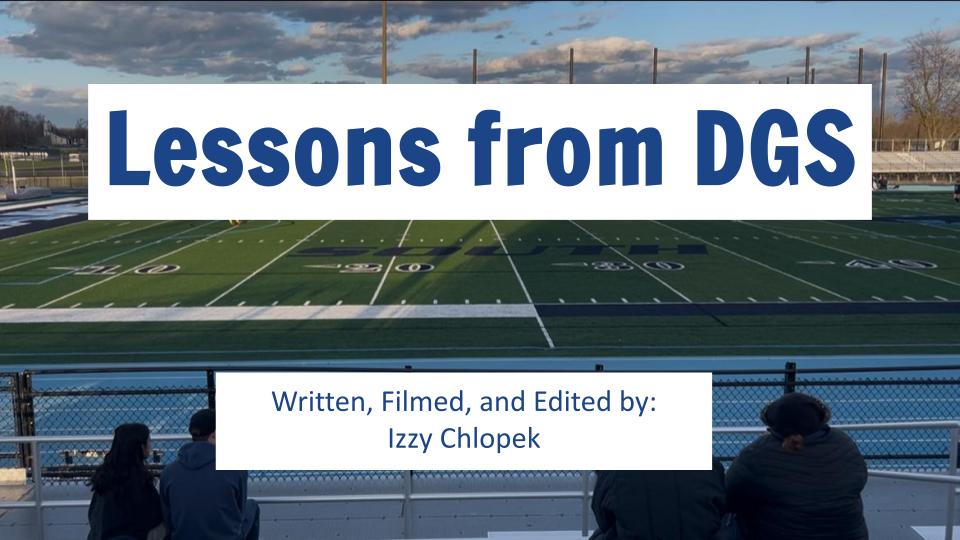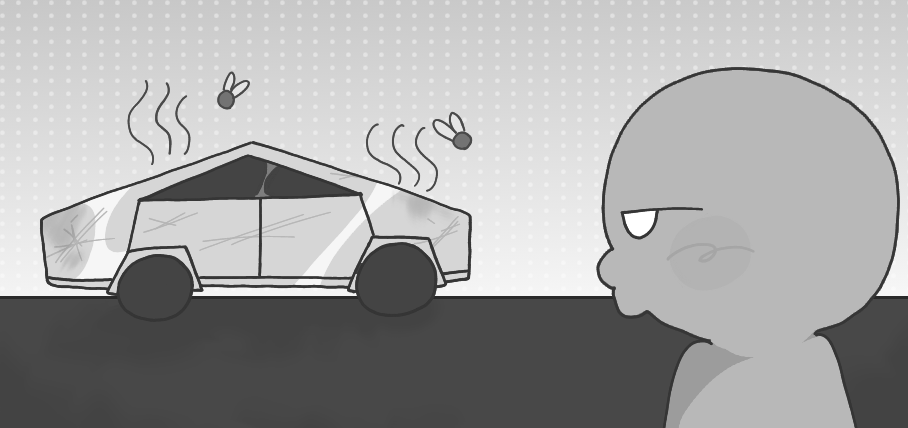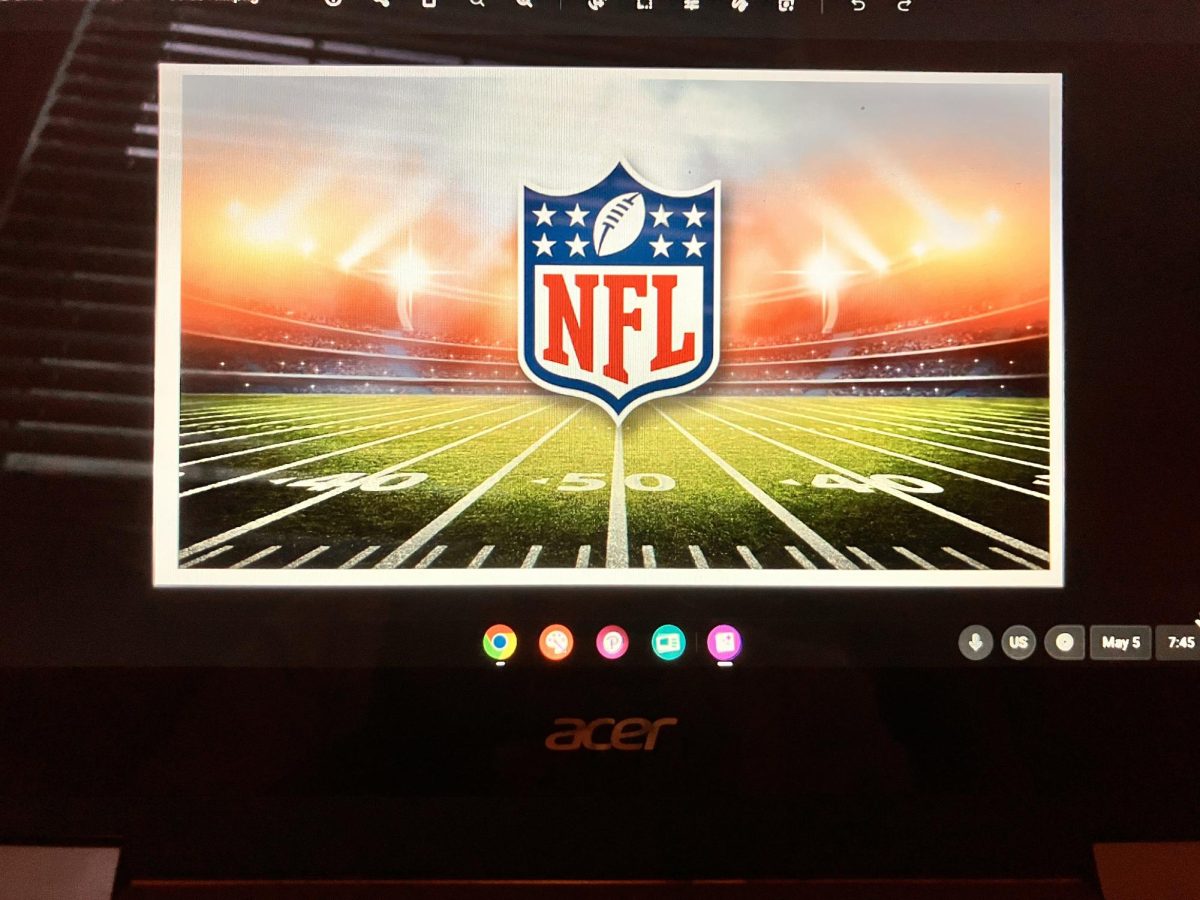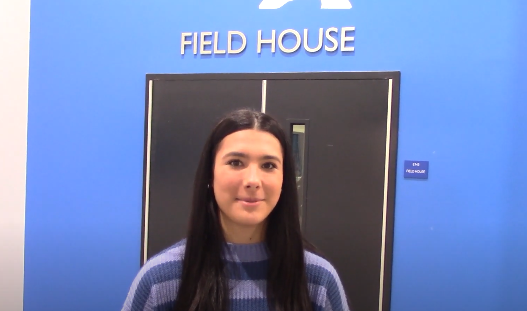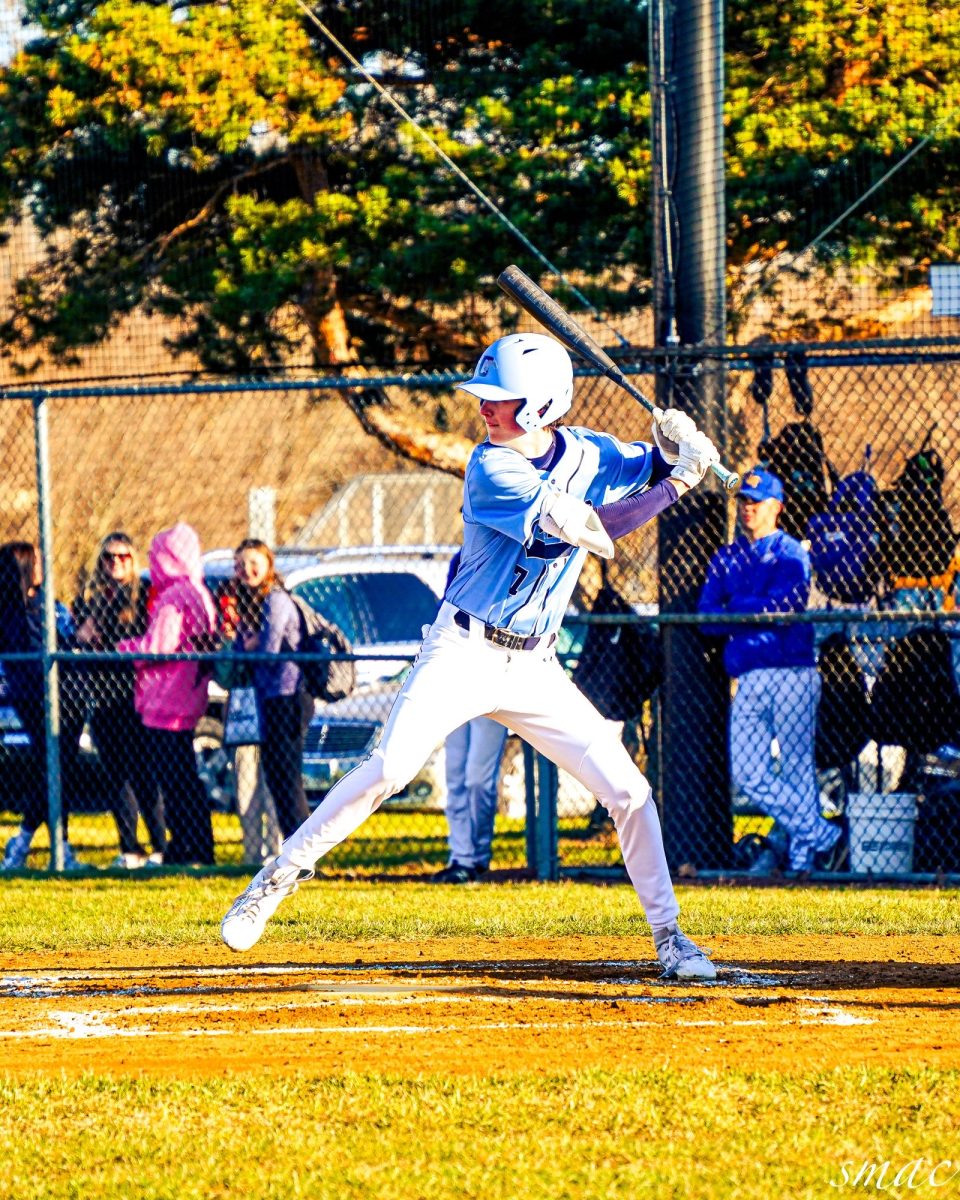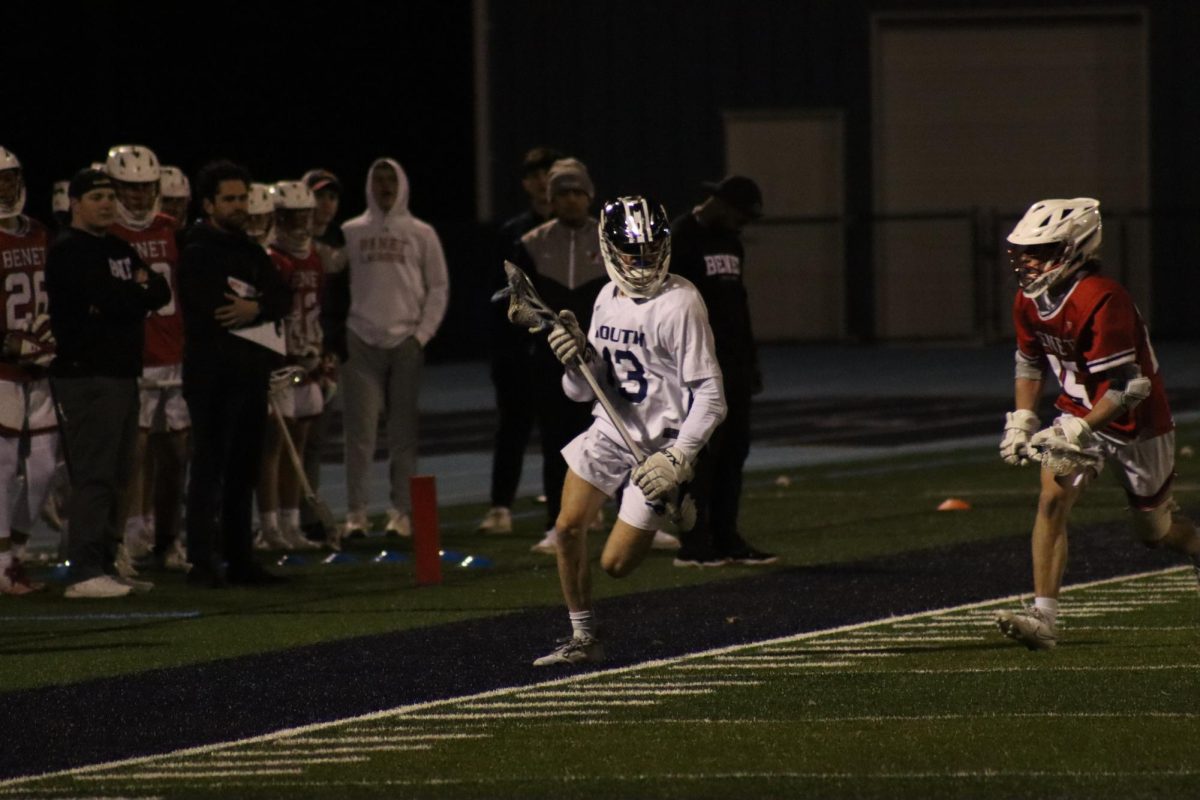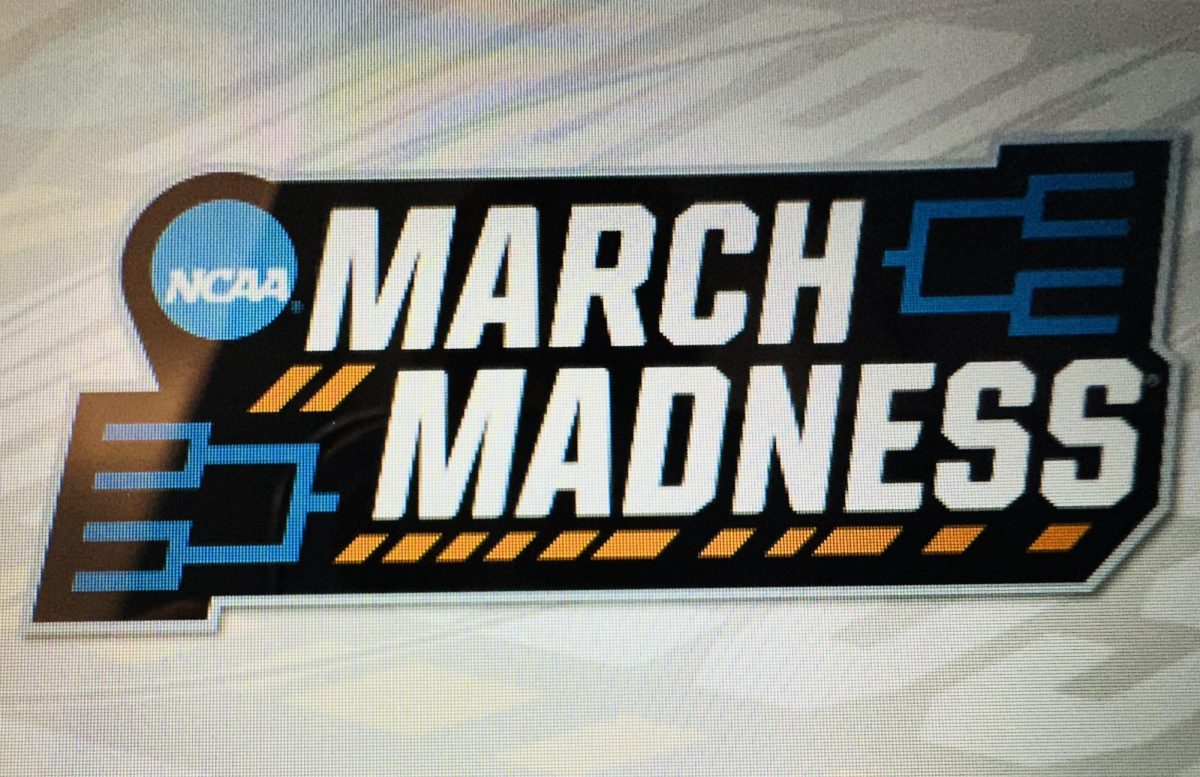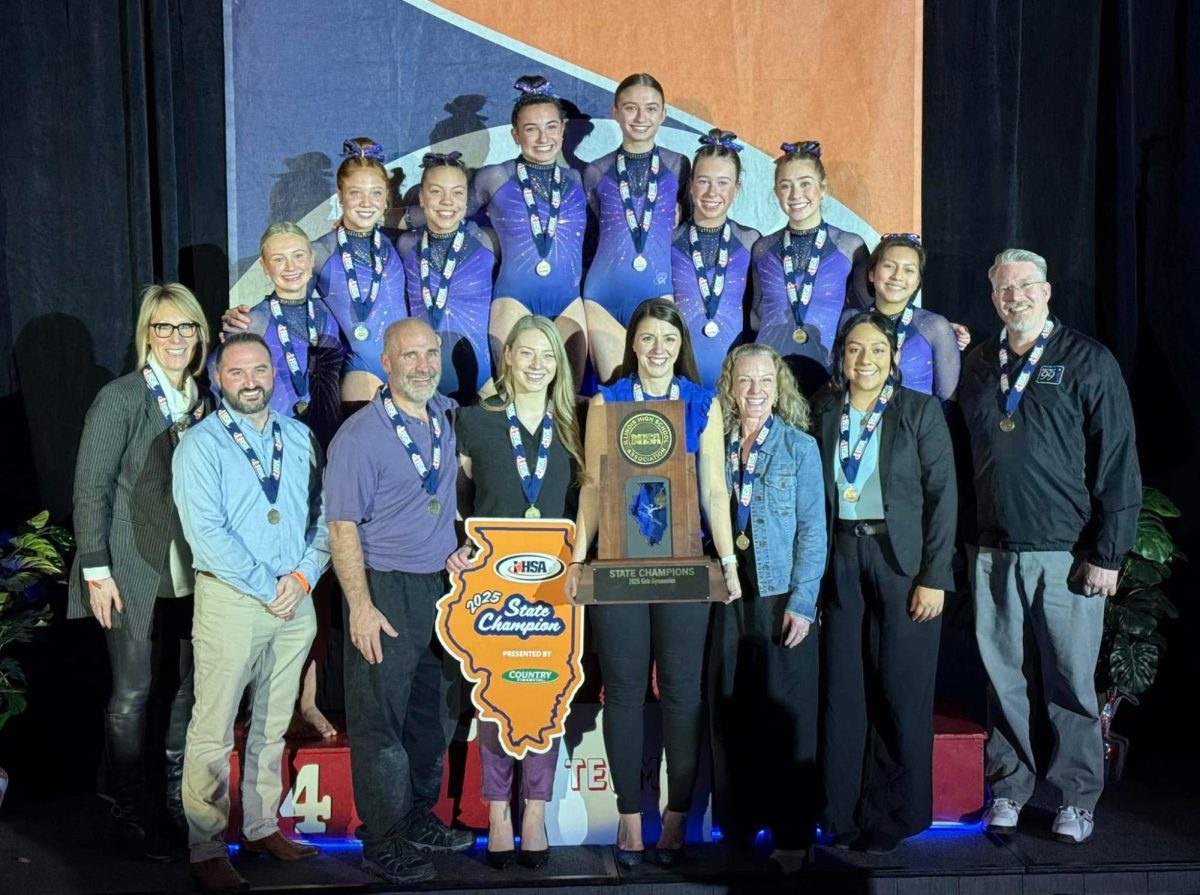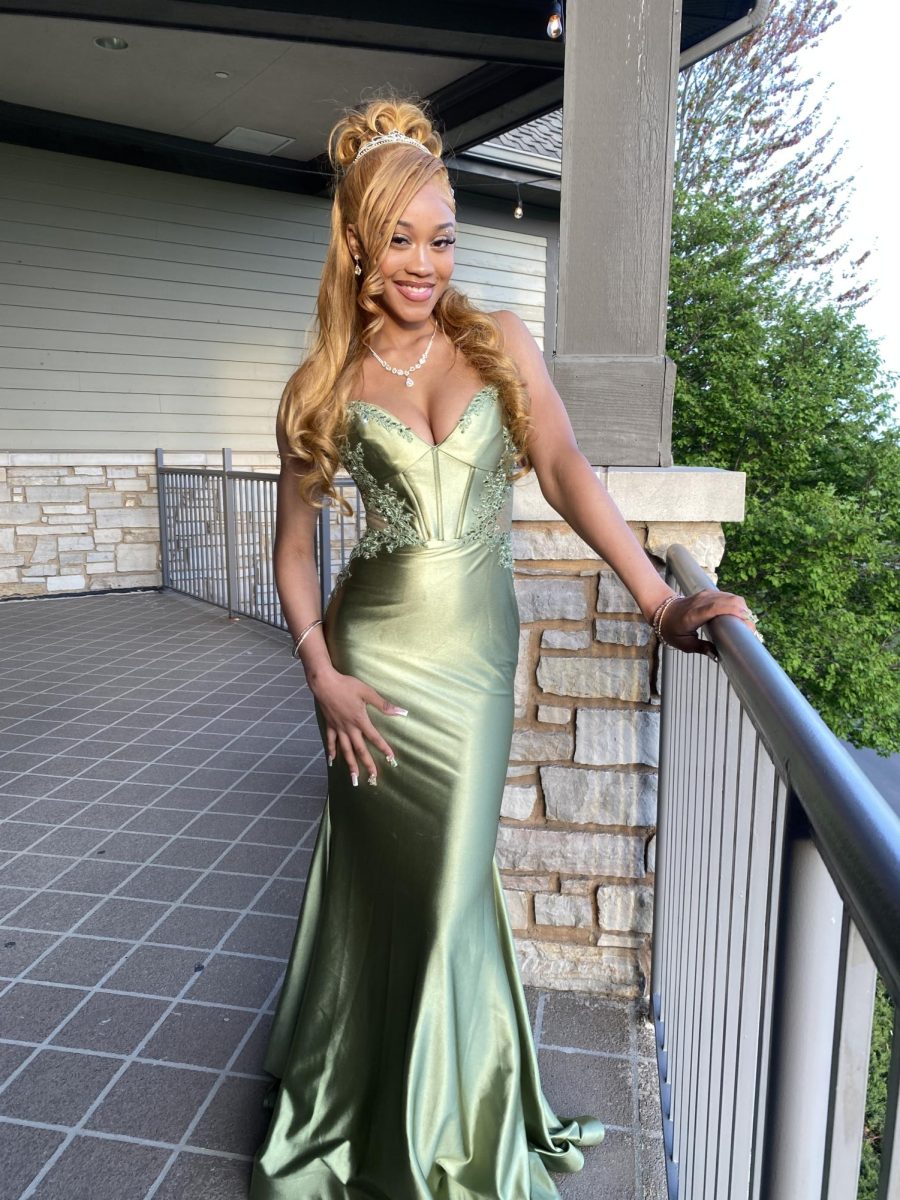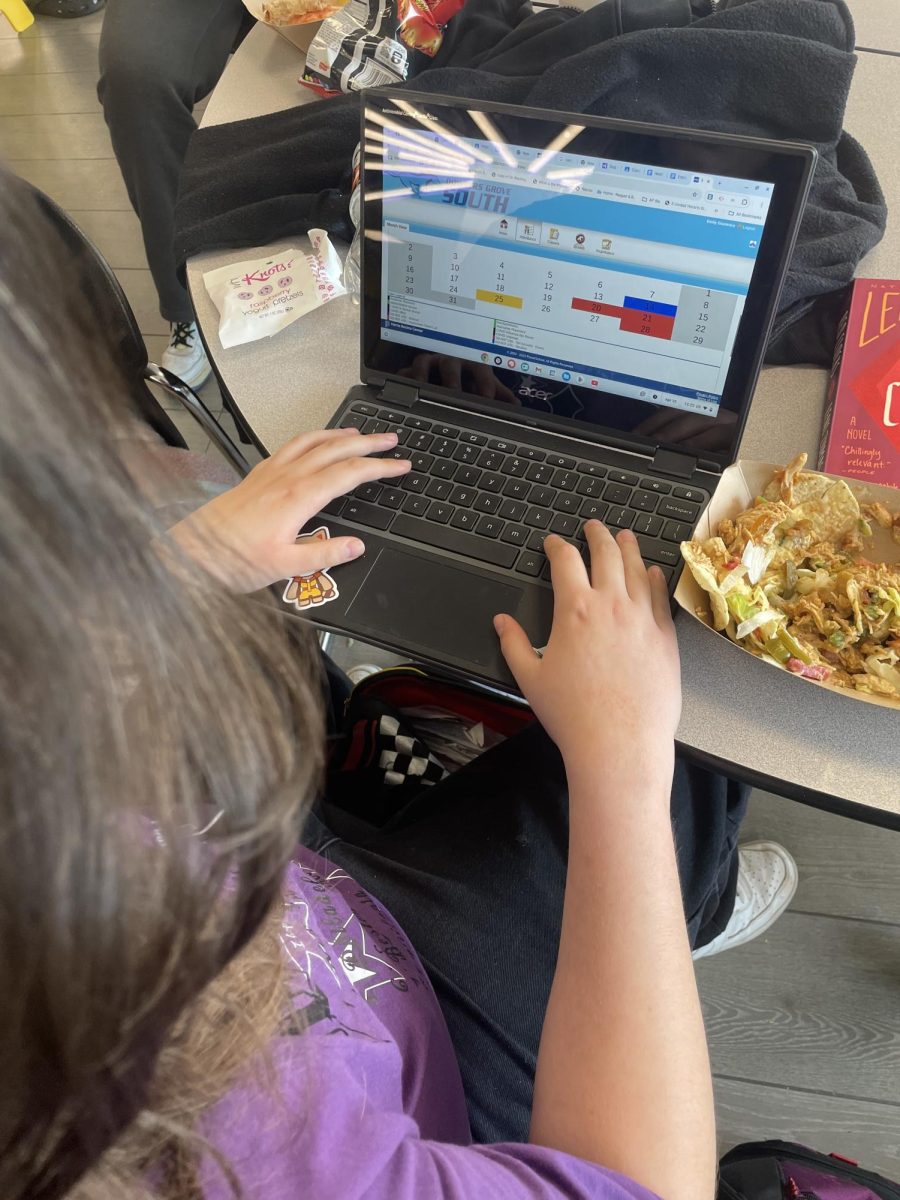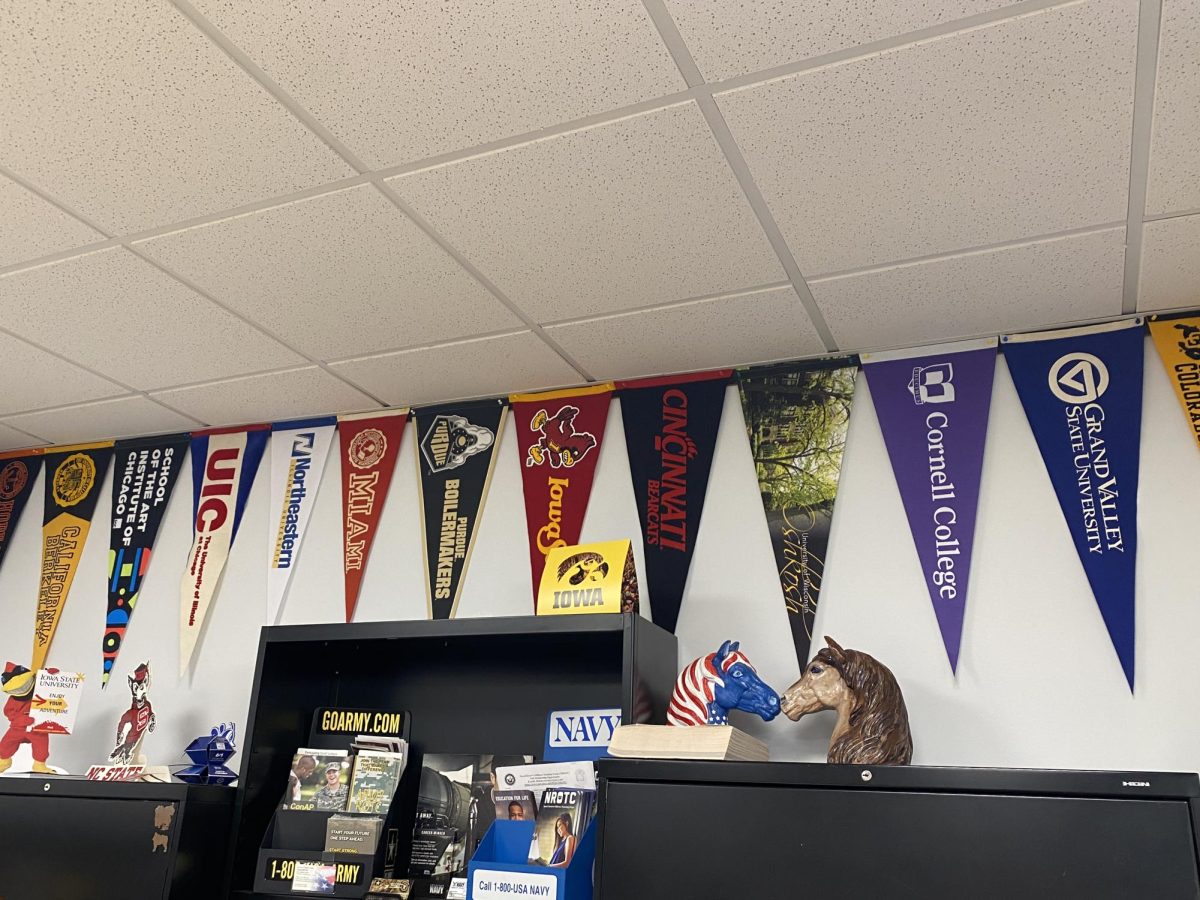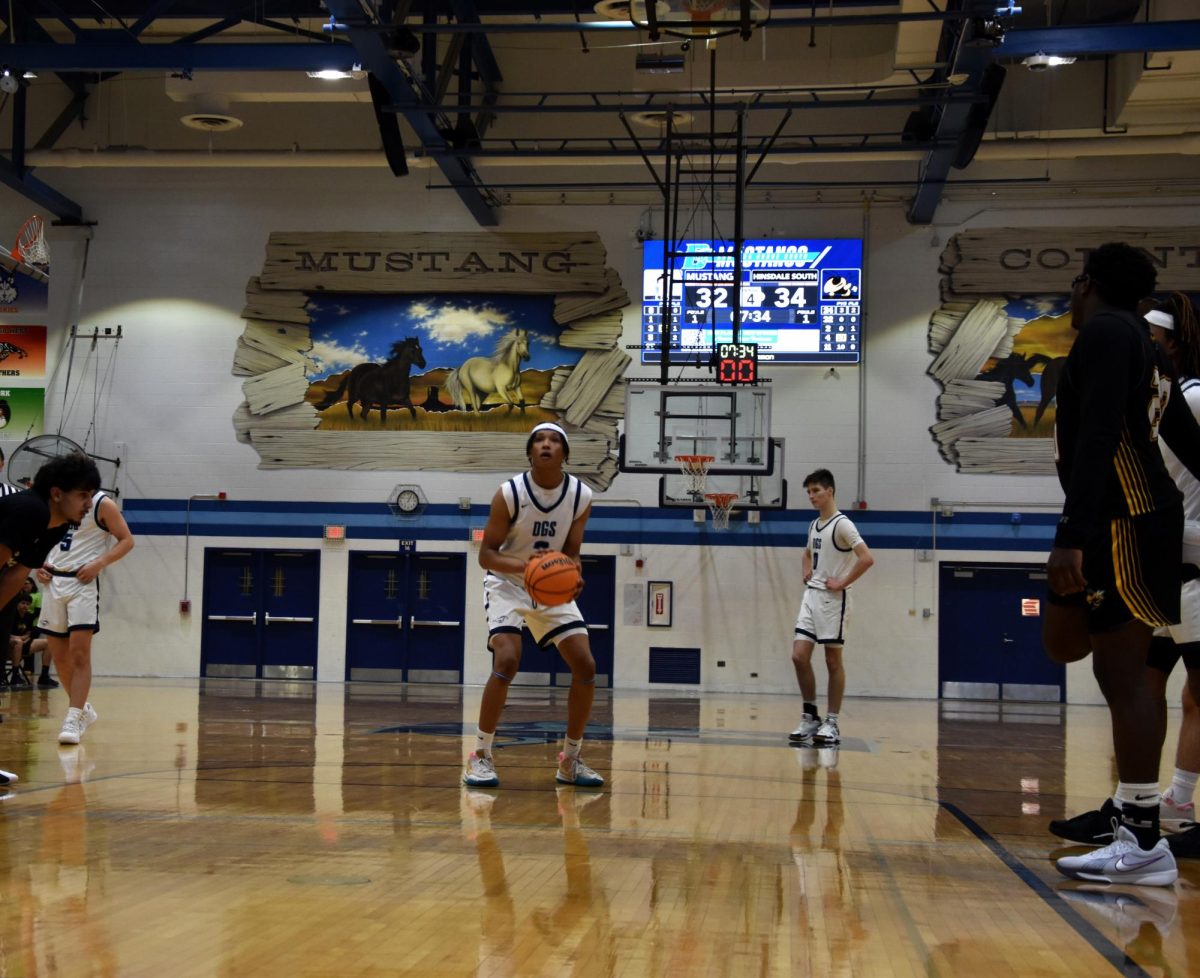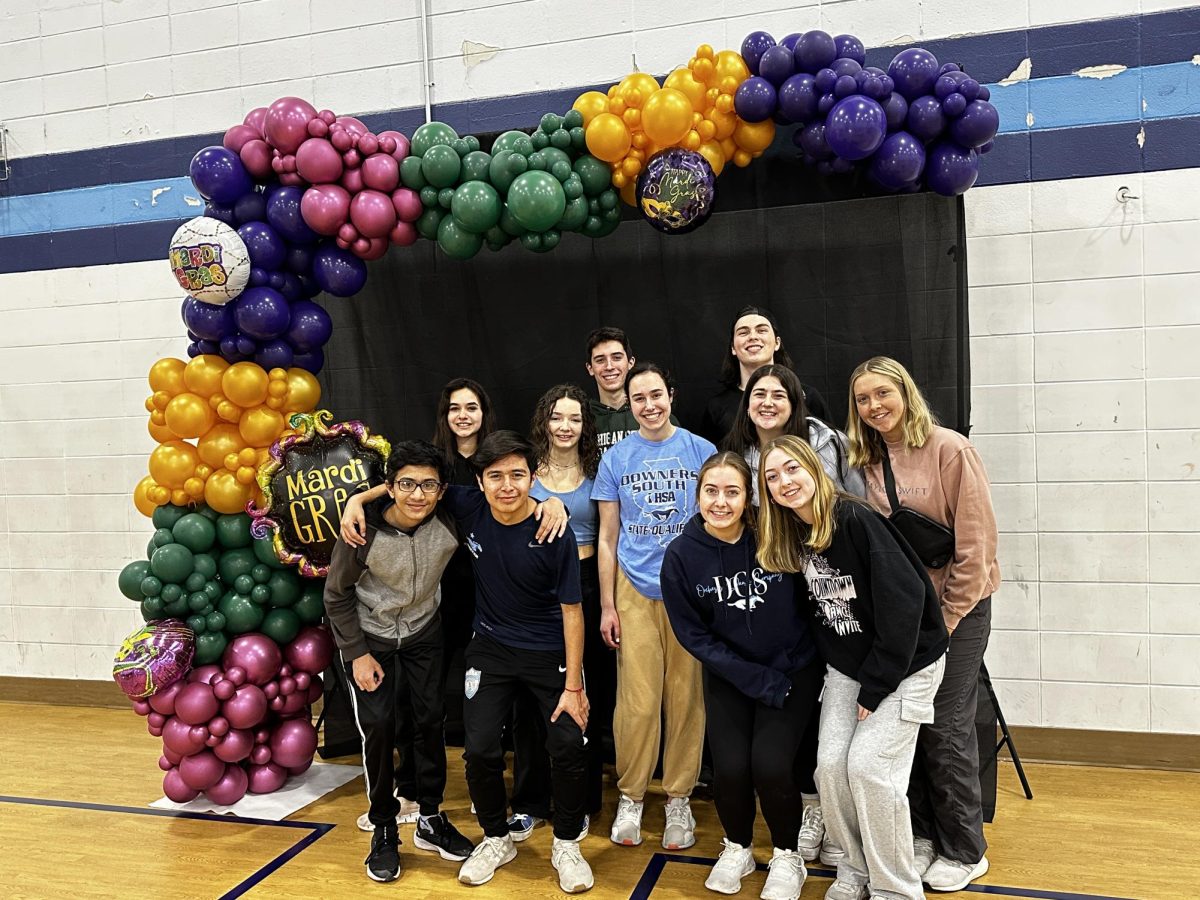Sports are expensive, and it’s no secret that teams in high school use tax money to fund them. Football needs uniforms, helmets and equipment. Soccer receives soccer balls, uniforms and backpacks; tennis obtains tennis balls and swim requires the use of the DGS pool. However, there are many misconceptions on just how these teams receive tax money and exactly how much.
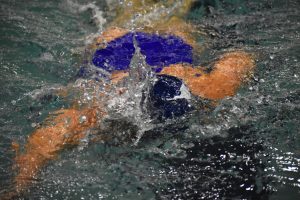
Associate Principal for Athletics Brandon Murphy is in charge of the separation of the $2 million tax dollars that are allotted from the district for sports funding, which does not include the maintenance of any of the sports facilities at DGS.

“There is no set balance for each team; we look at the needs for each team, and we sit down and we look at our overall athletic budget. Some years some programs will get more based on the needs of that program, like uniforms,” Murphy said.
The initial fund that a program receives from the athletic department is determined by many factors, but the main one is the number of athletes in each program.
“The money is not split equally per sport; it’s definitely split a little more equally when it comes to how many people are involved in each sport. When the administration makes those decisions, if there’s 70 football players and there’s only 25 tennis players, it may look like it’s not the same amount of money, but it’s going to be fairly similar when we talk per person,” Assistant Athletic Director and head varsity football coach Mark Molinari said.
The difference in needs and wants between teams affects their allocated funds. The needs cover what is necessary to participate while the wants are provided by each team’s individual fundraising. DGS teams fundraise through car washes, youth camps, discount cards, online platforms and booster programs – all the money comes from parents and the community.
“The school provides everything that we have to have in order to play a game. So they provide the helmets, equipment and the uniforms. Anything that is beyond and above that, the football program raises on their own through fundraising,” Molinari said.
However, many other teams at DGS require personal funding from the athletes in order to cover additional equipment and uniform costs.
For example, the tennis team needs tennis balls and a court to play their sport, so the school provides them both. However, the athletes also want rackets and uniforms, so they have to go out and buy them even after the initial payment. Another example comes from three-sport athlete senior Richard Gasman.
“For baseball we have to pay for most of our stuff, like our helmets, and then provide our own money for things like pants even though there’s an initial payment,” Gasman said.
Varsity soccer coach Jonathan Stapleton believes athletics should supply the basic needs of each sports program at DGS.
“If the baseball teams needed catcher’s equipment it shouldn’t really fall on fundraising efforts and fill that need; that’s a basic need for that sport,” Stapleton said.
The football team has had success with fundraising in the past. They secure extra money through boosters, a fundraising group specifically focused on soliciting money for the football program.
“We’ve sold discount cards lately. We have been doing a punt passing kick thing and then doing some community service. And then people sponsor us for the community service and punt passing kick,” Molinari said.
There have been times that the money they’ve raised has covered not only the extra material aspects of the program, but the participating expenses for the athletes as well.
“When we have a good fundraising, we don’t charge the parents for anything, so if you’re in a travel baseball or softball team it could cost anywhere from $2,000 to $3,000. For our football program, it costs the parents absolutely $0, so everything that we make goes back to our players,” Molinari said.
Each team fundraises in different ways and spends the money on different aspects of their program. For the varsity girls basketball team, head coach Lyndsie Long spent their fundraised money on building chemistry throughout the team.
“I spent it on apparel, team outings, team dinners, lunches, things like that. So we really try to build the chemistry of our team and do more activities together through that money,” Long said.



